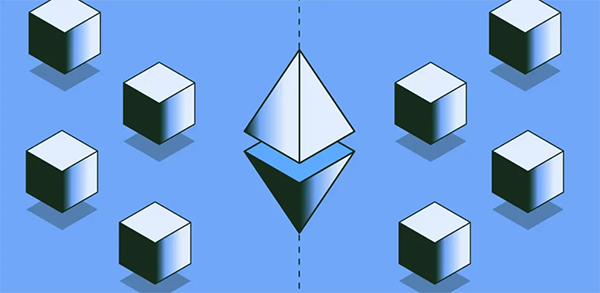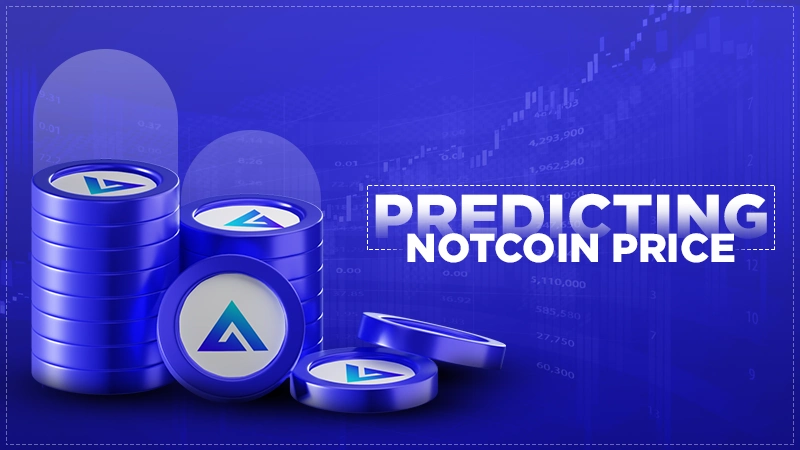Transformative Ethereum Updates And Their Ecosystem Implications
The introduction of the upgrades in the Ethereum community has created excitement among the users.
After its launch in 2015, numerous revisions have been introduced and have brought the best of its capabilities and opportunities. One of the major ones is the upgrade of 2023, called the EIP-4895.
But what exactly is Ethereum? It is a game-changing global blockchain platform and is well-known among investors for the cryptocurrency, ether (ETH). Technically, Ethereum is a token that allows users to make payments for physical goods and services if accepted.
To learn more, read the article till the end to understand what Ethereum has been through and its upgrades.
So let’s get started!
What Ethereum Has Been Through

The concept of Ethereum was first introduced to the world through a published paper proposing the ideology behind it. Later on, it was launched in 2015.
While creating this cryptocurrency, the founders considered numerous aspects such as the reliability and user-friendliness of the blockchain technology along with secure transactions.
This led to Ethereum’s major success by reaching the pinnacle of becoming the 2nd largest cryptocurrency in the global market. Now that we are learning about its success rate, let us look into the timeline of its growth:
- Beginnings (Ethereum White Paper was published in 2013)
- Official Launch (The blockchain was officially launched in the market in July 2015)
- Decentralized Autonomous Organization Hack (Launched in 2016, this was a major controversy since the user community was divided into groups “for” & “against”)
- Wide-Ranging Overhauls Before ‘the Merge’ (Several reformations were made in 2020 to address issues like scalability and speed)
- Beginning Of Ethereum 2.0 (In 2022, the features like merge and carbon footprint reduction)

Did You Know?
The conceptual framework of Ethereum was invented by the Canadian programmer Vitalik Buterin in 2013.
Implications Of Ethereum Upgrades

The upgrades of Ethereum have huge implications for the blockchain ecosystem and the cryptocurrency landscape. There have been several revisions to improve the mechanisms of the platform, and one such upgrade is quite recent.
Launched in 2023, Ethereum 2.0 was aimed at transitioning the PoS (Proof of Stake) consensus operating systems such as the scalability, sustainable, and scalable networks. This helps to reduce the transaction costs and overall improve.
Apart from that, making modifications time and again can help in assisting the financial and commercial sectors in every way possible.
Cancun And Deneb Upgrades

The Cancun-Deneb upgrade is considered to be one of the major enhancements to the Ethereum blockchain platform. The development hints at the journey to scalability, sustainability, and efficiency.
Provided below are the Cancun & Deneb insights on how they have been upgraded:
- Blob-Carrying Transactions (enables efficient and economical storage of data that is known as a ‘blob’)
- Comprehensive Technical Advancements (aims to enhance the network manageability, privacy, and efficiency)
- Scalability Enhancements (boosts the rate of growth by improving throughout and providing sufficient data storage)
Although there are several of these enhancements being made gradually, there may be an increase in the risk factors that may potentially pose a risk factor, including accessibility issues and technical vulnerabilities.
How DeFi Is Getting Popular On Ethereum

“I’m very excited about the potential that DeFi offers in principle. The idea that anyone anywhere in the world can have access and choose their financial exposure is a very powerful thing.”
~ Vitalik Buterin (Canadian Computer Programmer)
This quote helps us understand how much the world has been anticipating the updated versions of the Ethereum platform.
The blockchain sector known as decentralized finance, or DeFi, is constantly growing within the blockchain platform industries and has succeeded in transforming conventional financial systems.
It provides financial services without involving third parties such as financial institutions like banks.
DeFi has been gaining popularity for the following reasons:
- Accessibility (the Ethereum’s DeFi Ecosystem Protocols can be accessed by anyone with an internet connection, regardless of location and financial status)
- Efficiency (everything here is automated and digitized, reducing the time consumption)
- Decentralization (the protocols here are decentralized, meaning that there’s no central authority controlling it)
Fun Facts!
According to a report released by Forbes, an analyst had concluded that DeFi’s income in the first half quarter was a whopping $365 million in the year 2023!
The End
Ethereum was introduced to the world in the form of a research journal in 2013 by its inventor Vitalik Buterin and was officially launched in 2015.
Ever since, there have been several revisions made with the utmost security as the priority. It has always helped in improving aspects such as speed, data safety, and platform utility among various of them.
To achieve these aspects, combining NFTs, DeFi, and across industries, reshaping the future of finances and commerce.
In simple terms, Ethereum has successfully addressed compliance challenges, and flexibility, while keeping them as the crucial factors.



